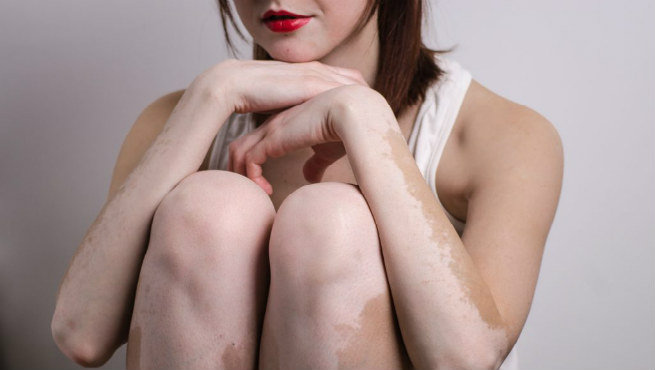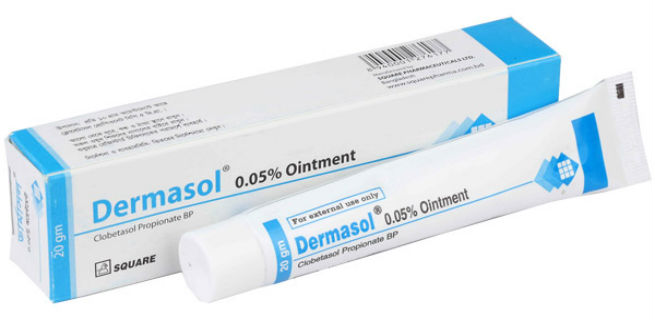Vitiligo, a prevalent skin disorder, can significantly impact self-esteem and lead to profound emotional distress. Regardless of its location on the body, it presents a challenging aesthetic concern. Fortunately, effective treatments exist, and preventive measures can be taken to avoid its onset. Whether seeking information on vitiligo prevention, treatment options, or a comprehensive understanding of the condition, this article aims to guide you through all aspects of Vitiligo. Let’s delve into the details of this skin disorder to provide you with valuable insights and support.
What Is Vitiligo?
Before exploring strategies for vitiligo prevention and treatment, let’s delve into the condition, its origins, and its indicators. Vitiligo, also called ‘leucoderma,’ is a skin ailment characterized by the destruction of ‘melanocytes’—the pigments responsible for skin color. This results in the developing of white, patchy areas on various body parts. It may also manifest in the nose, mouth, and retina tissues. While prevalent across genders and races, Vitiligo is more apparent in individuals with darker skin tones and can affect individuals of any age. (1)
Also Read – Removing Pesky White Sunspots Is Easy. Just Try These Simple Remedies!
Causes Of Vitiligo
Vitiligo is an autoimmune disorder wherein the body’s immune system mistakenly attacks the melanocytes and destroys them. The stimulus that triggers this is not known. However, Vitiligo has been observed to be hereditary. If one of your parents suffers from Vitiligo, you may develop it, too. It is also associated with conditions like thyroid dysfunction or hyperthyroidism. (2)
Symptoms Of Vitiligo
Depigmentation or white patches start on the skin, marking the beginning of Vitiligo. It can be localized to a small body part or spread throughout it. It can also be restricted to one-half of the body or even occur symmetrically on both sides. Vitiligo is more common in parts of the skin which are frequently exposed to the sun. These include the face (around eyes, nostrils, etc.), inside and around the mouth, lips, arms, armpits, hands, navel, groin, feet, genitals, rectal areas, etc. Patients could even experience premature greying of hair in the scalp, eyebrows, and eyelashes. (3)
There is a common misconception about vitiligo that it is contagious. However, the truth is that it is NOT at all such a condition.
Also Read – How To Conceal Vitiligo With Makeup
Prevention Of Vitiligo
If Vitiligo runs in your family and you want to be on the safe side by taking all sorts of precautions, here are the ways to follow:
Include Minerals In Your Diet
To produce melanin, our body needs tyrosine and tyrosinase. Tyrosine is a by-product of metabolism, while tyrosinase needs to be obtained through foods rich in minerals (iron, copper, and zinc). If you want the melanin production in your body to be optimum, ensure you get enough minerals by consuming proper food.
Avoid Pollution And UV Rays
Since the exact trigger of this autoimmune disorder is still unknown, it is always best to prevent the body from getting exposed to too much pollution – be it environmental or through food. Avoid inhaling dust and smoke as much as possible. At the same time, make sure that you wash away pesticides from vegetables before cooking. Also, try to reduce exposure to the harmful UV rays.
Maintain Emotional Health
Emotional upheavals can make your Vitiligo even worse. So, remain calm and composed, practice meditation, and stop exerting too much stress on your mind.
Treatment Of Vitiligo
While discussing vitiligo prevention and treatment, remember that it is not life-threatening. Instead, it does more psychological damage than physiological ones. Hence, the treatment aims to improve the appearance of the troubled areas of the skin as much as possible. The therapy for Vitiligo can last up to 2 years, and there are multiple treatment options, including the following:
Topical Creams
Topical vitiligo treatments are steroid creams that contain corticosteroids like acetonide. These creams help to re-pigment the white patches on the skin, which takes around three months to show considerable results.
Psoralen Photo-Chemotherapy
This is a photo-chemotherapy in which psoralen is used on the white patches of the skin. Psoralen is a substance that reacts with damaging UV rays of the sun and causes skin darkening in the regions in which it is administered. People with small white patches of Vitiligo can apply this treatment topically. However, if the Vitiligo is extensive, it is administered orally and followed up with an exposure to the artificial UV light.
Also Read – Now Cure White Spots From Tanning With These Simple Remedies (With Causes Explained)
Depigmentation Treatment
This is the treatment prescribed for people with more than 50% of their body attacked by Vitiligo. In this method, depigmentation is done for the rest of the body (excluding the white patches) so that the entire body has a uniform skin tone.
Surgeries
‘Skin grafting’ is one of the most common surgical treatments for Vitiligo. As the name implies, it involves the placement of the ‘grafts of healthy skin’ on the white patches to give them a normal and healthy look. Another surgical option is a ‘melanocyte transplant.’ In this process, ‘melanocytes’ and ‘keratinocytes’ are obtained from the patient and grown in culture labs. They are then transferred to the affected areas of the skin to restore its natural color.
Melanin not only gives color to our skin but also protects it from the harmful effects of the sun. If your skin does not contain enough melanin, it will turn photo-sensitive, thereby making you susceptible to sunburn, UV damages, and skin cancer. Hence, if several parts of your skin lack pigments and you end up developing vitiligo, make sure that you opt for the right treatment immediately in order to stay safe and healthy.
Vitiligo does a lot of psychological damage by bringing down the confidence levels of people. Well, the key is to remain strong and go through the treatment religiously since it is a curable disease.
Summary
Vitiligo, a distressing skin disorder impacting self-esteem, can be effectively treated and prevented. This article provides comprehensive insights into Vitiligo, covering its definition, causes, symptoms, prevention measures, and treatment options. The condition, marked by white, patchy skin due to melanocyte destruction, is not contagious. Prevention involves dietary minerals, UV protection, and emotional well-being. Treatments include topical creams, psoralen photo-chemotherapy, depigmentation, and surgeries like skin grafting or melanocyte transplant, emphasizing the importance of early intervention for safety and health.


